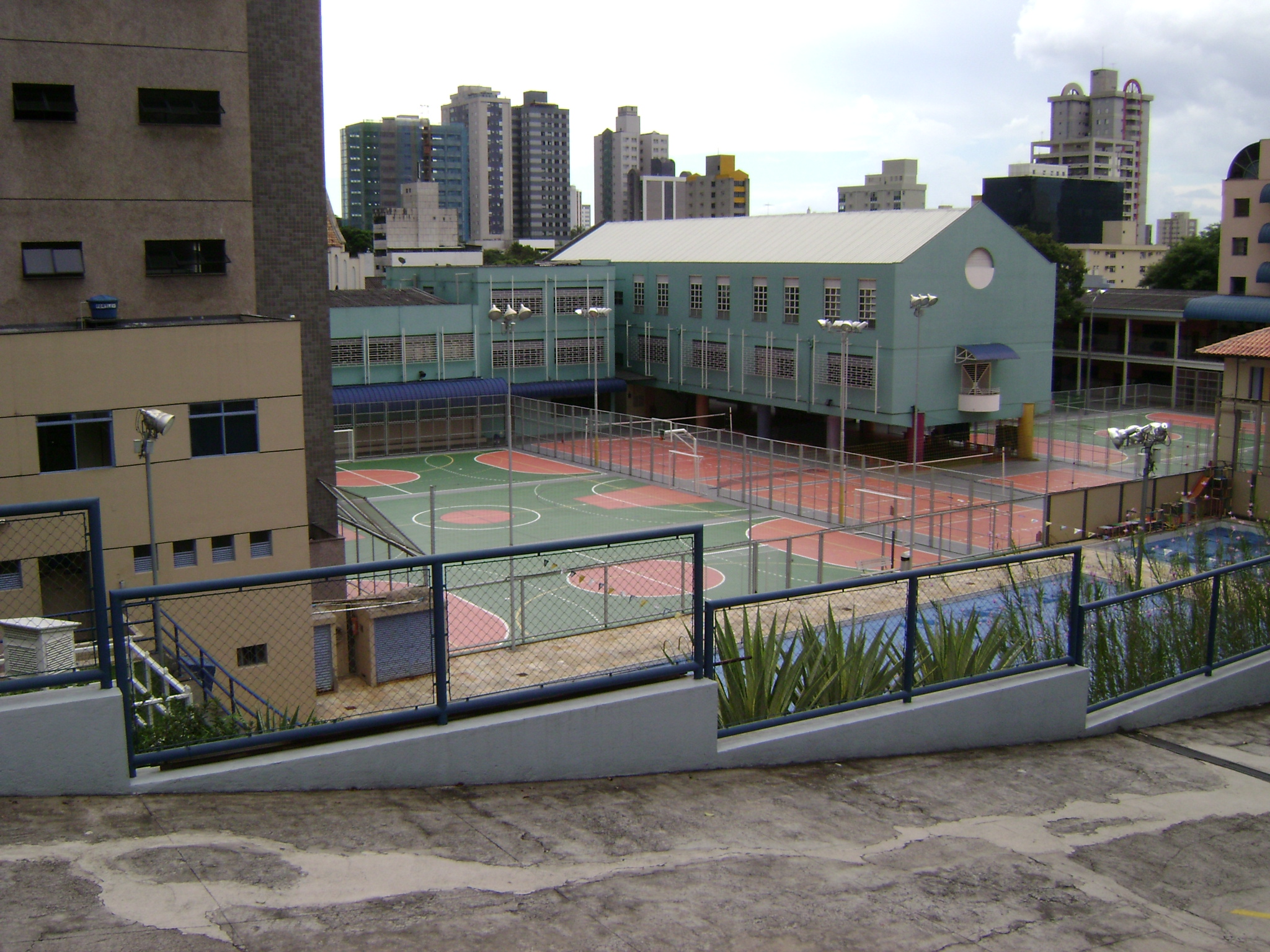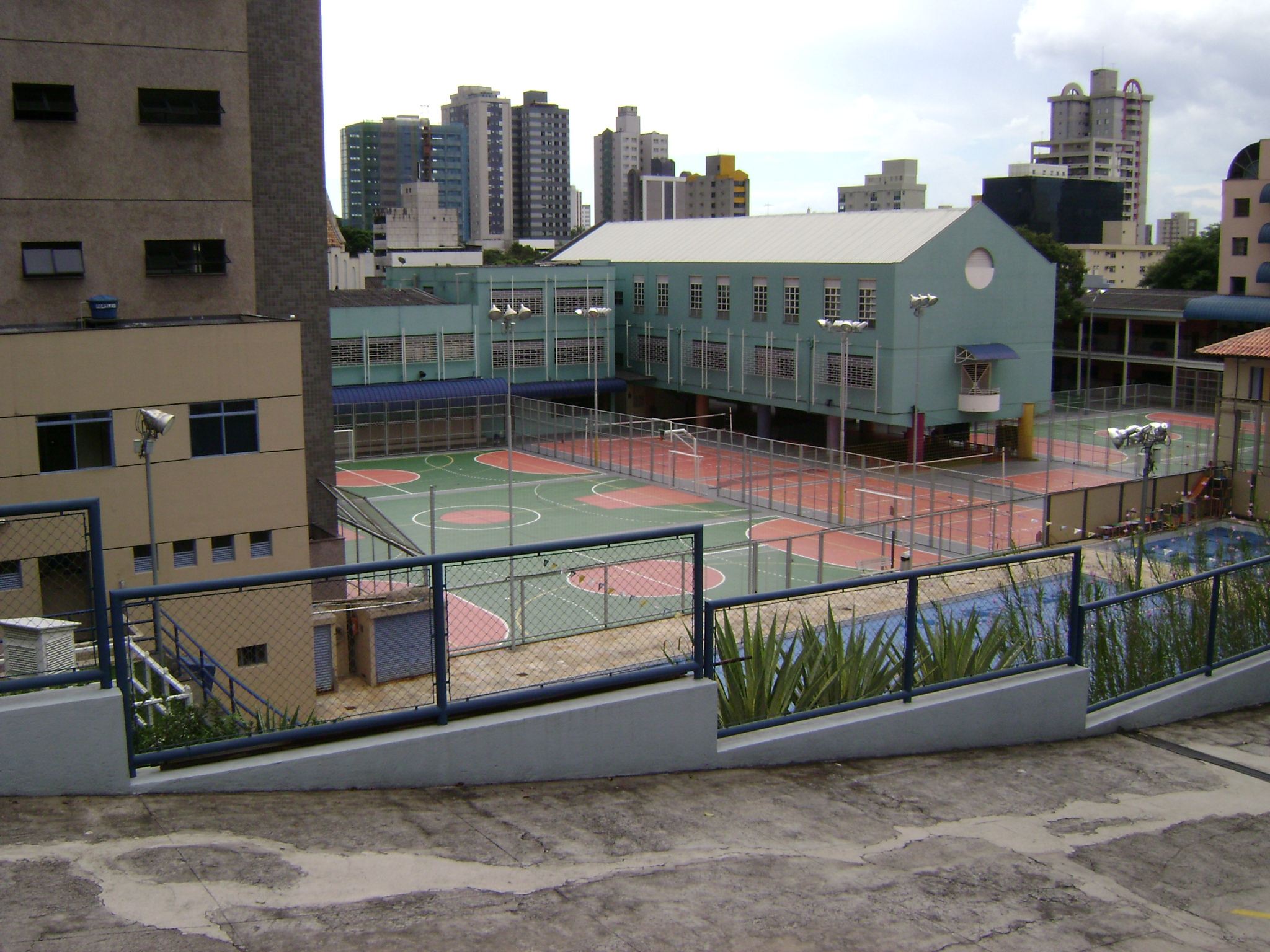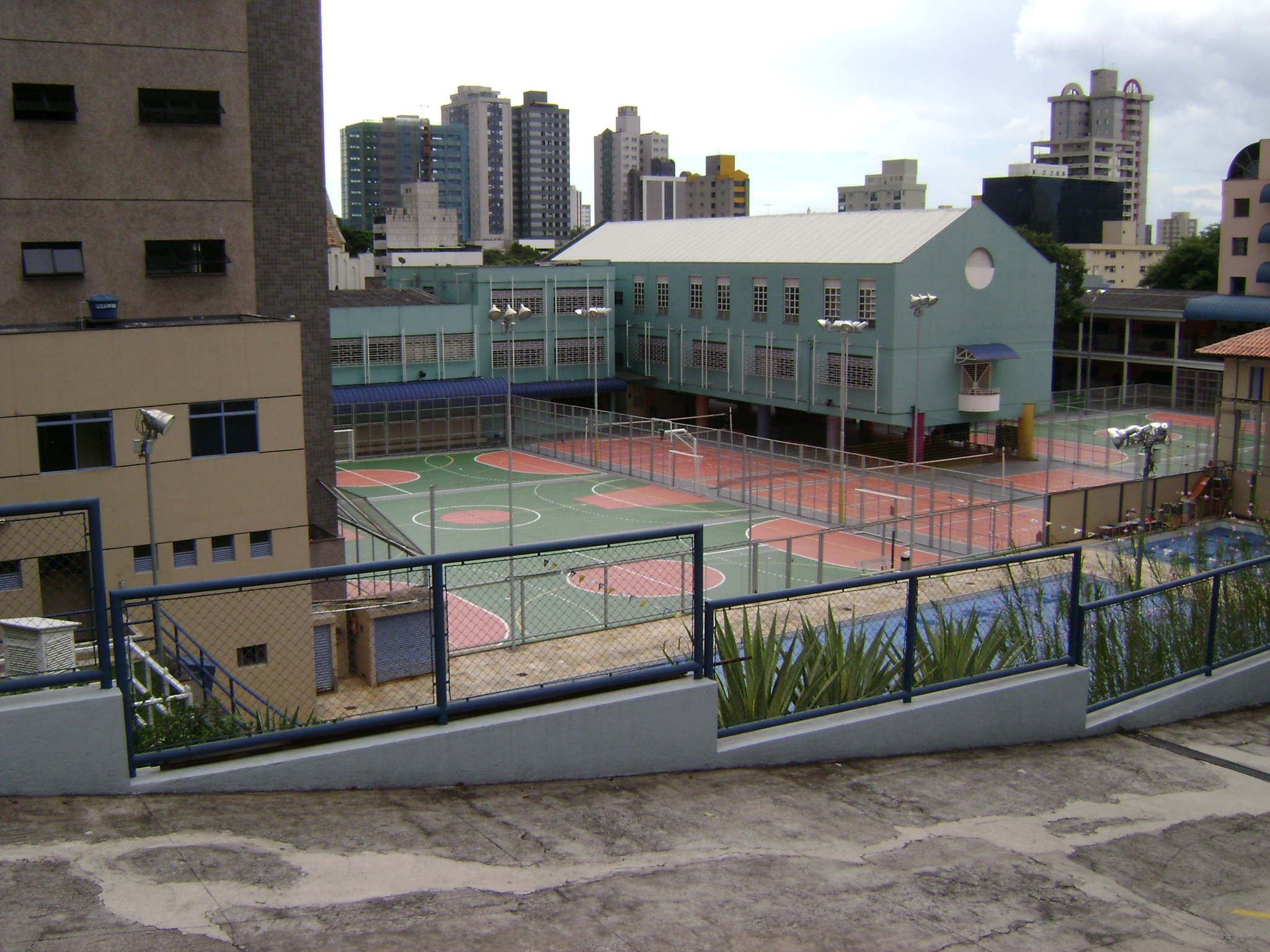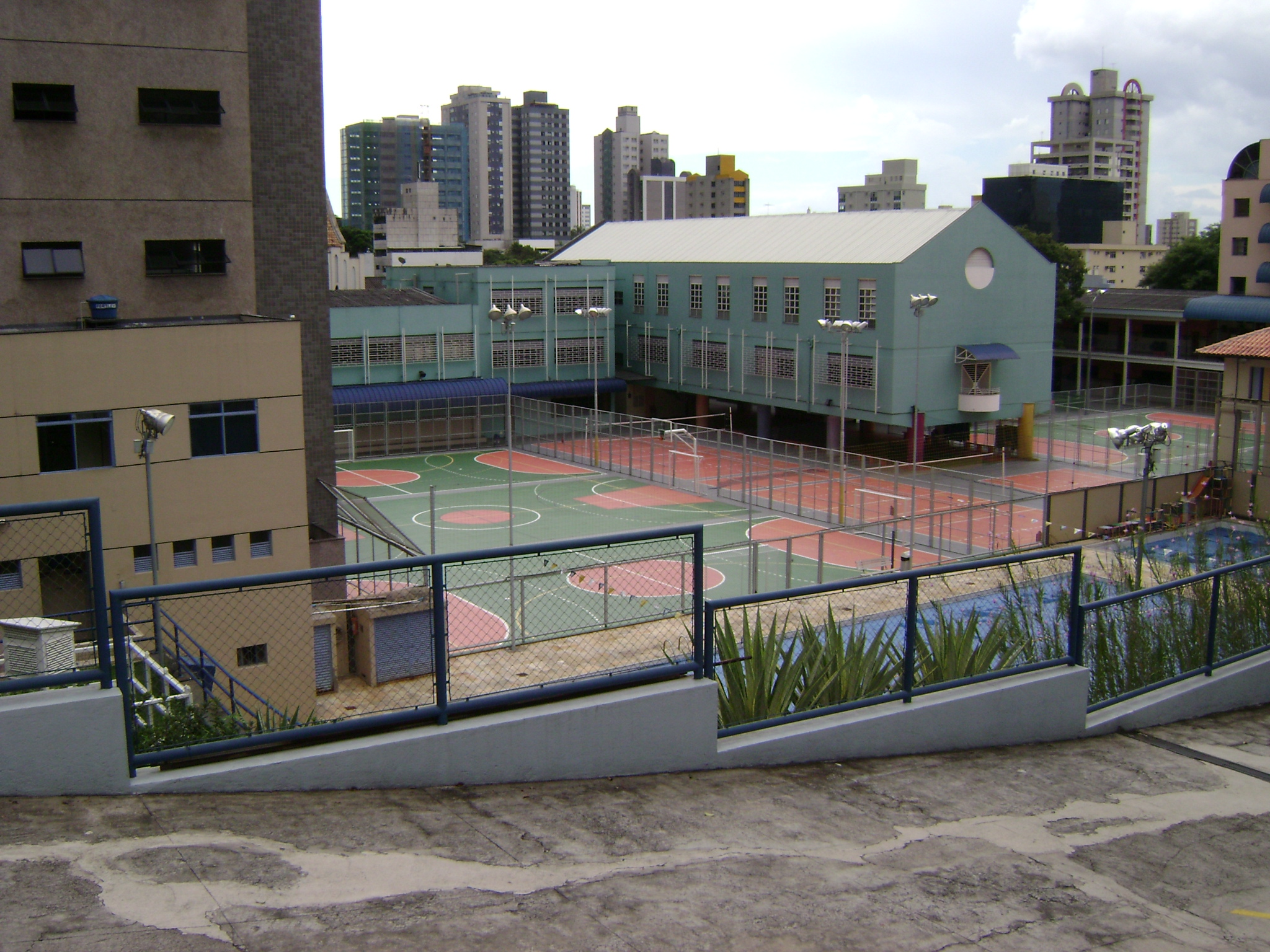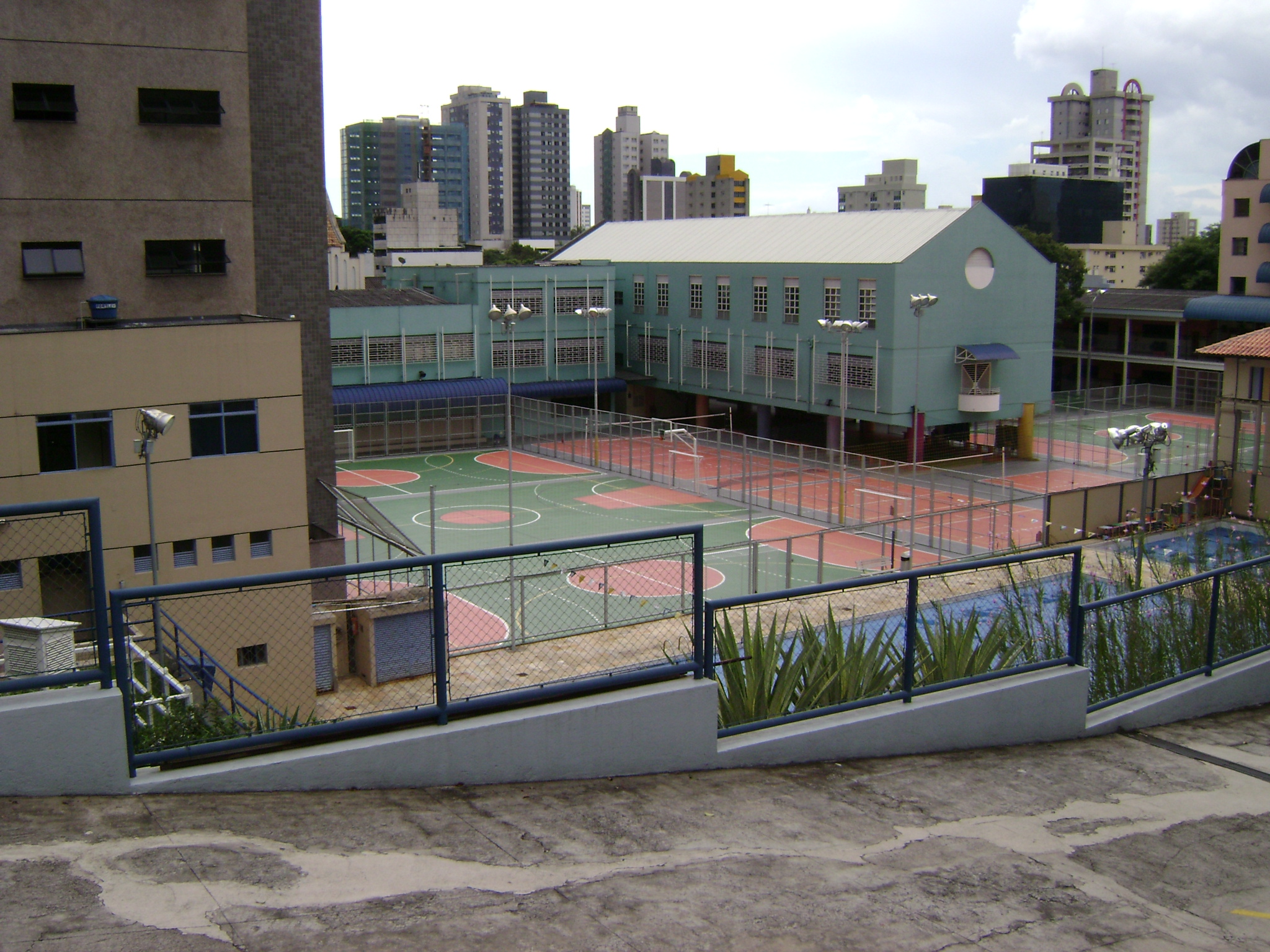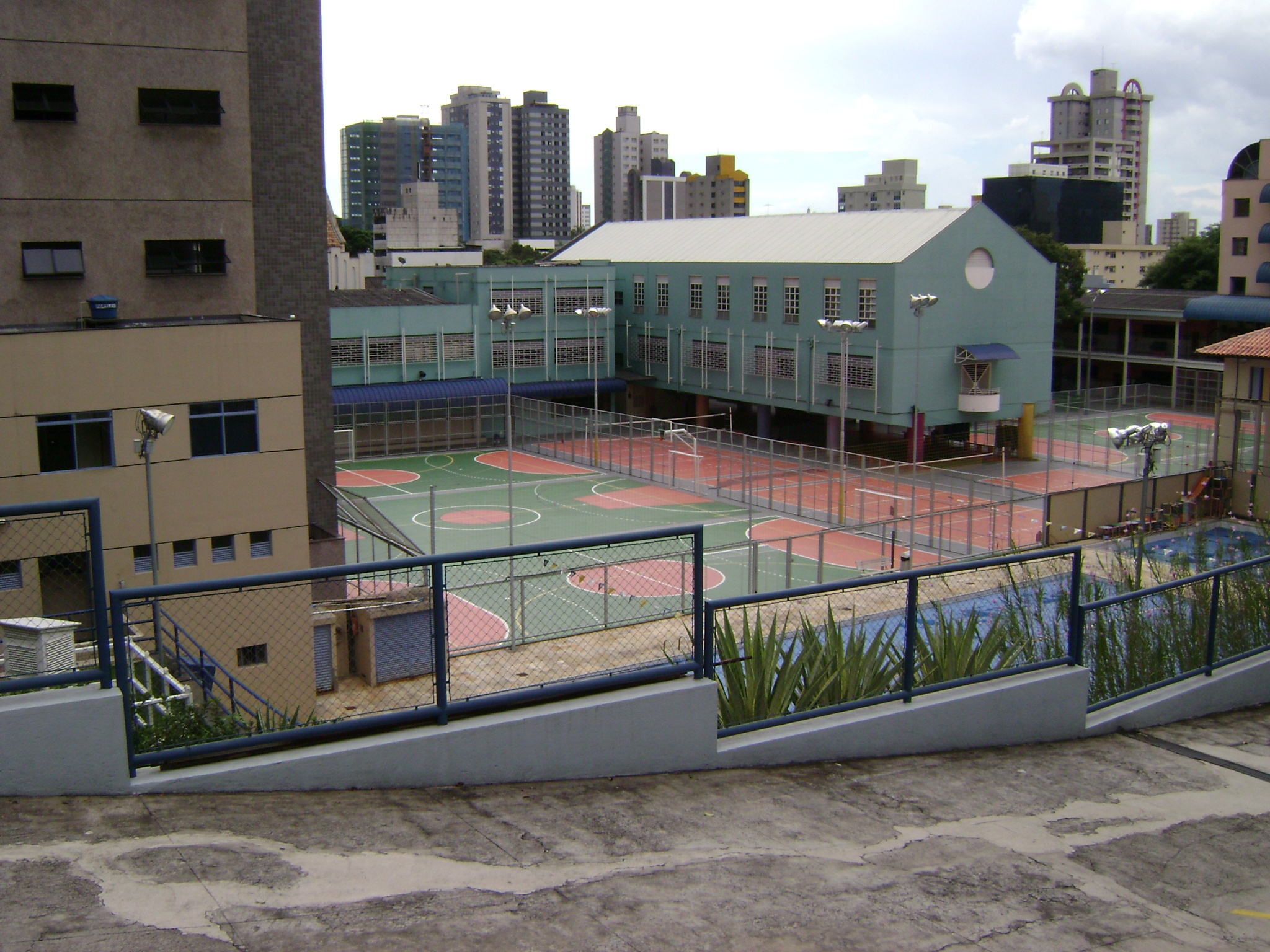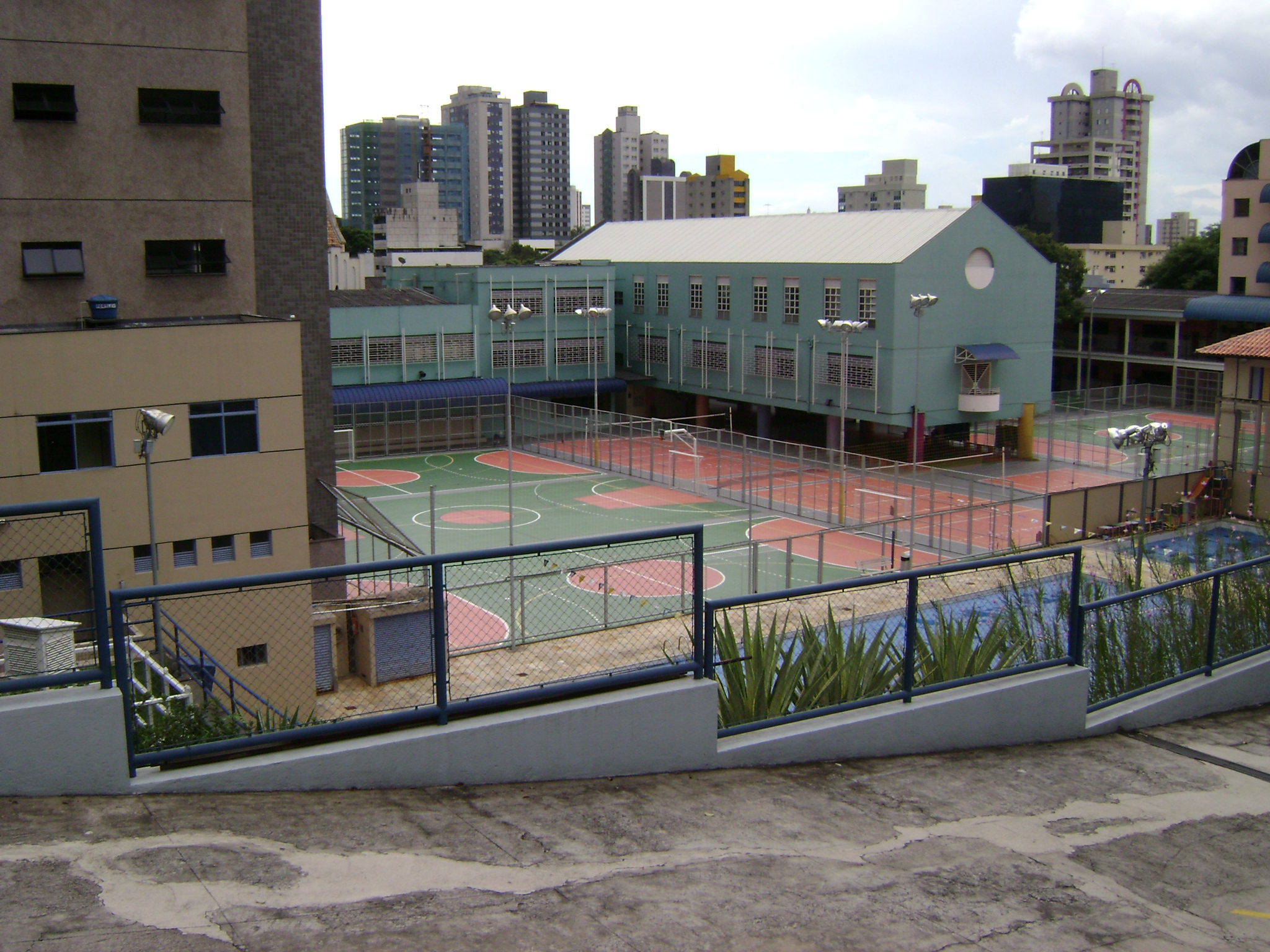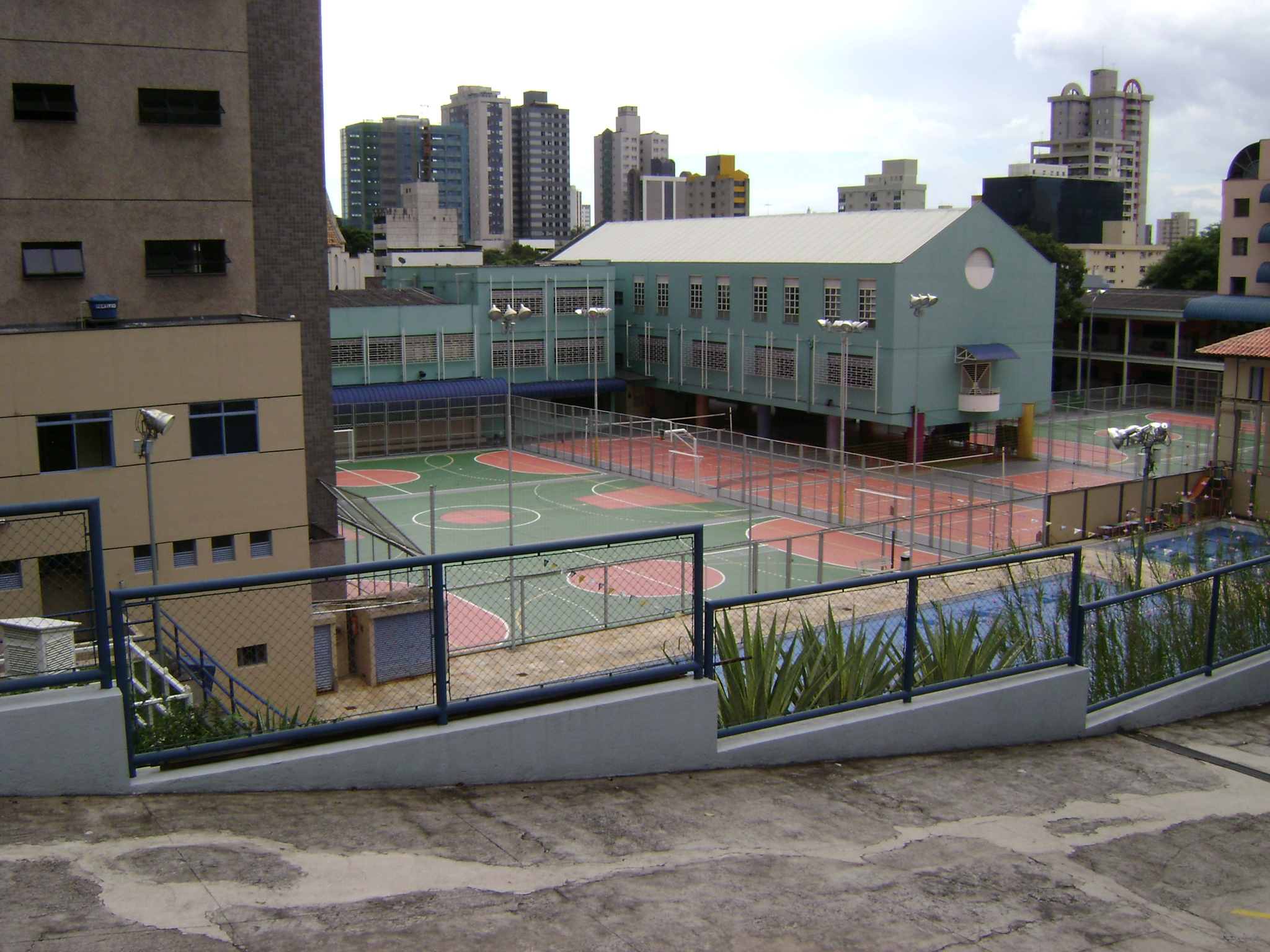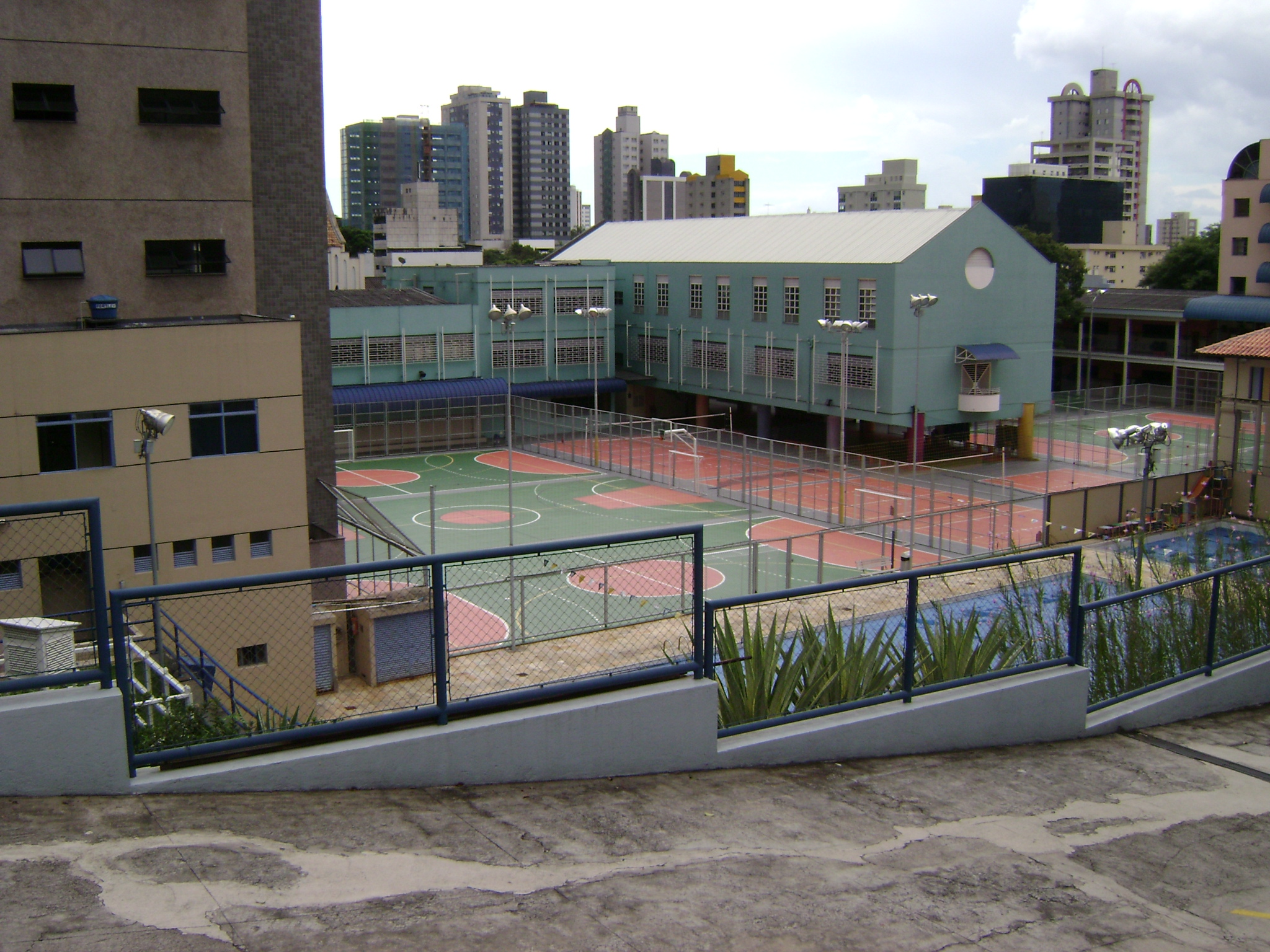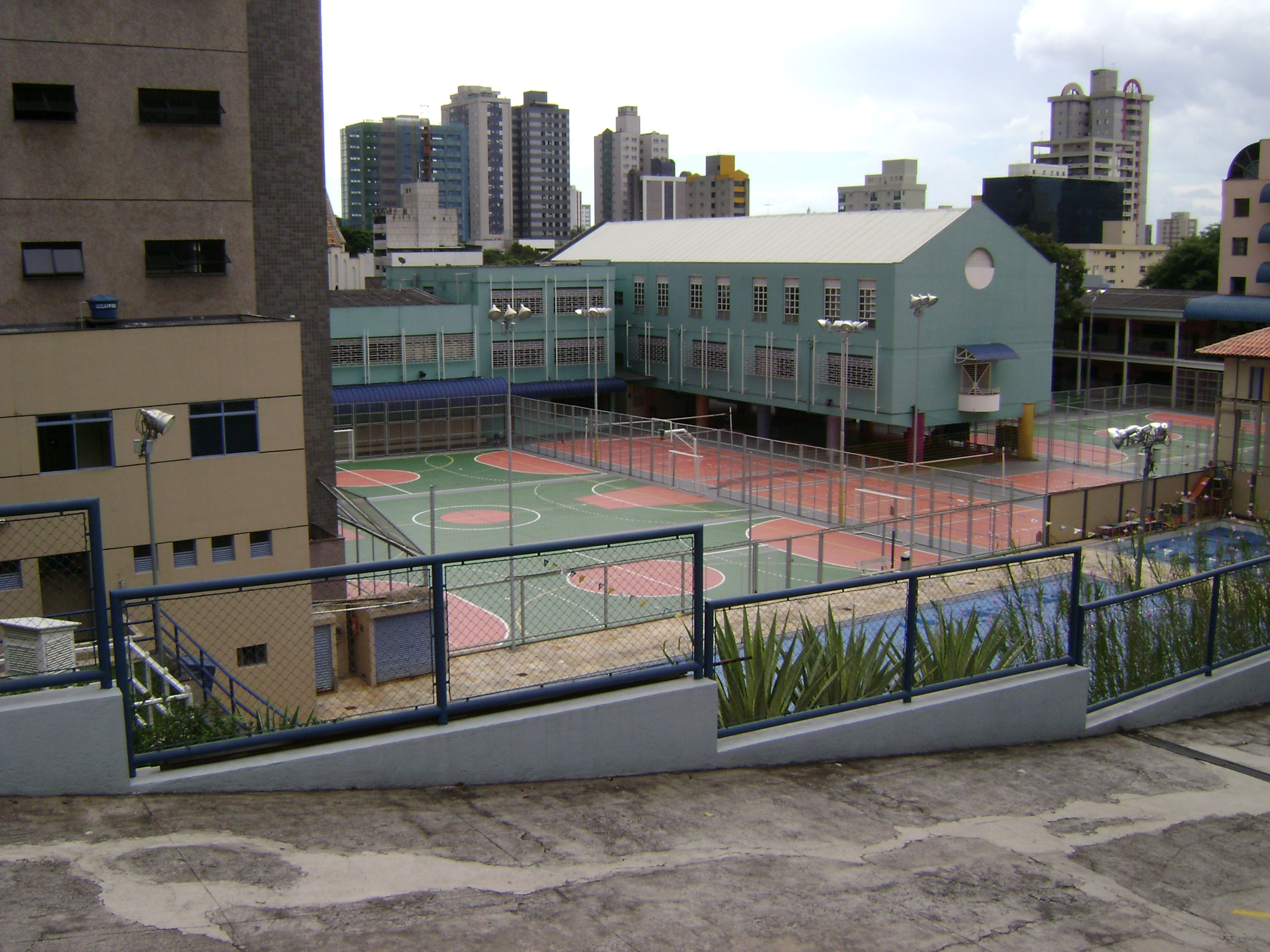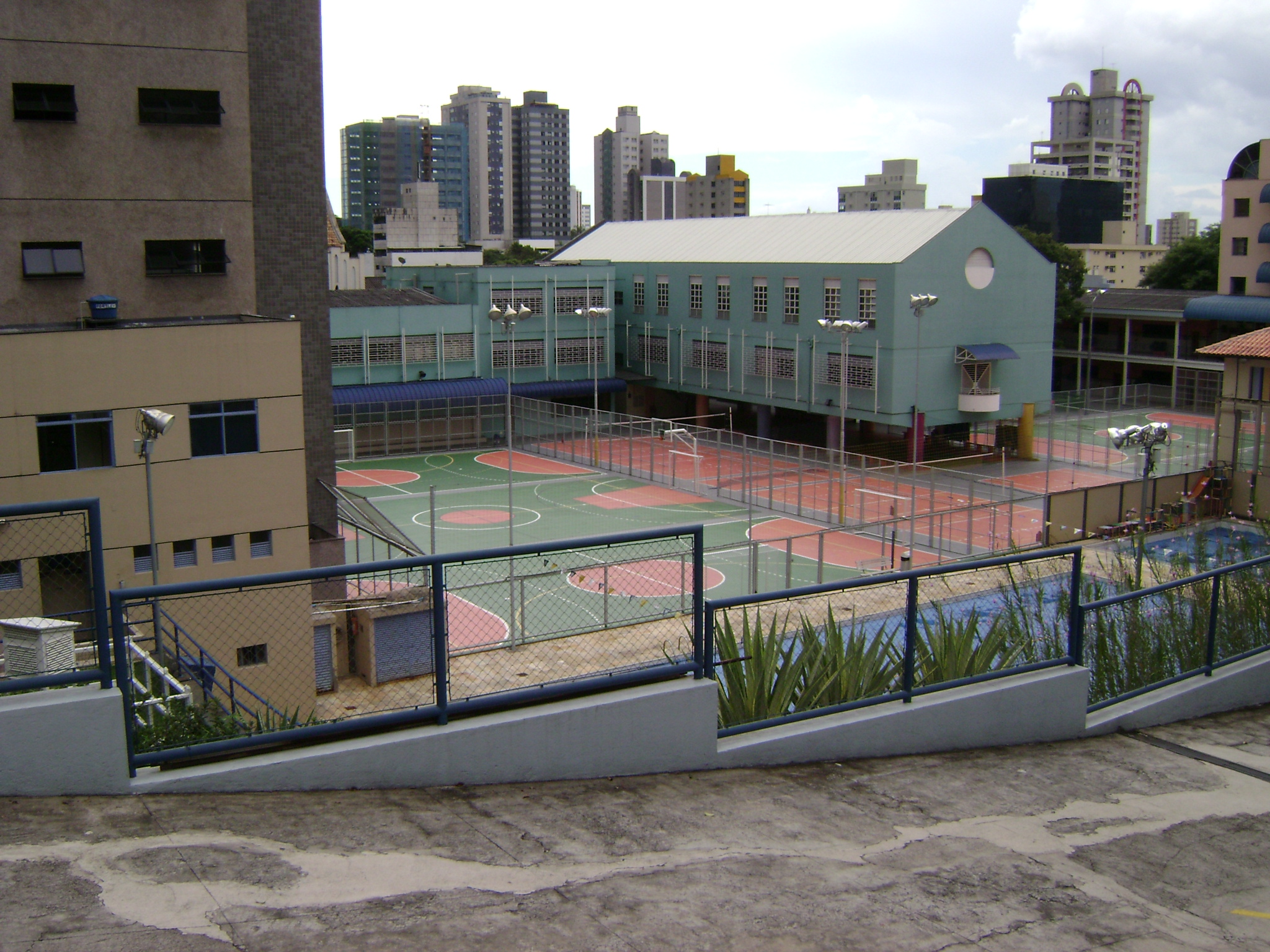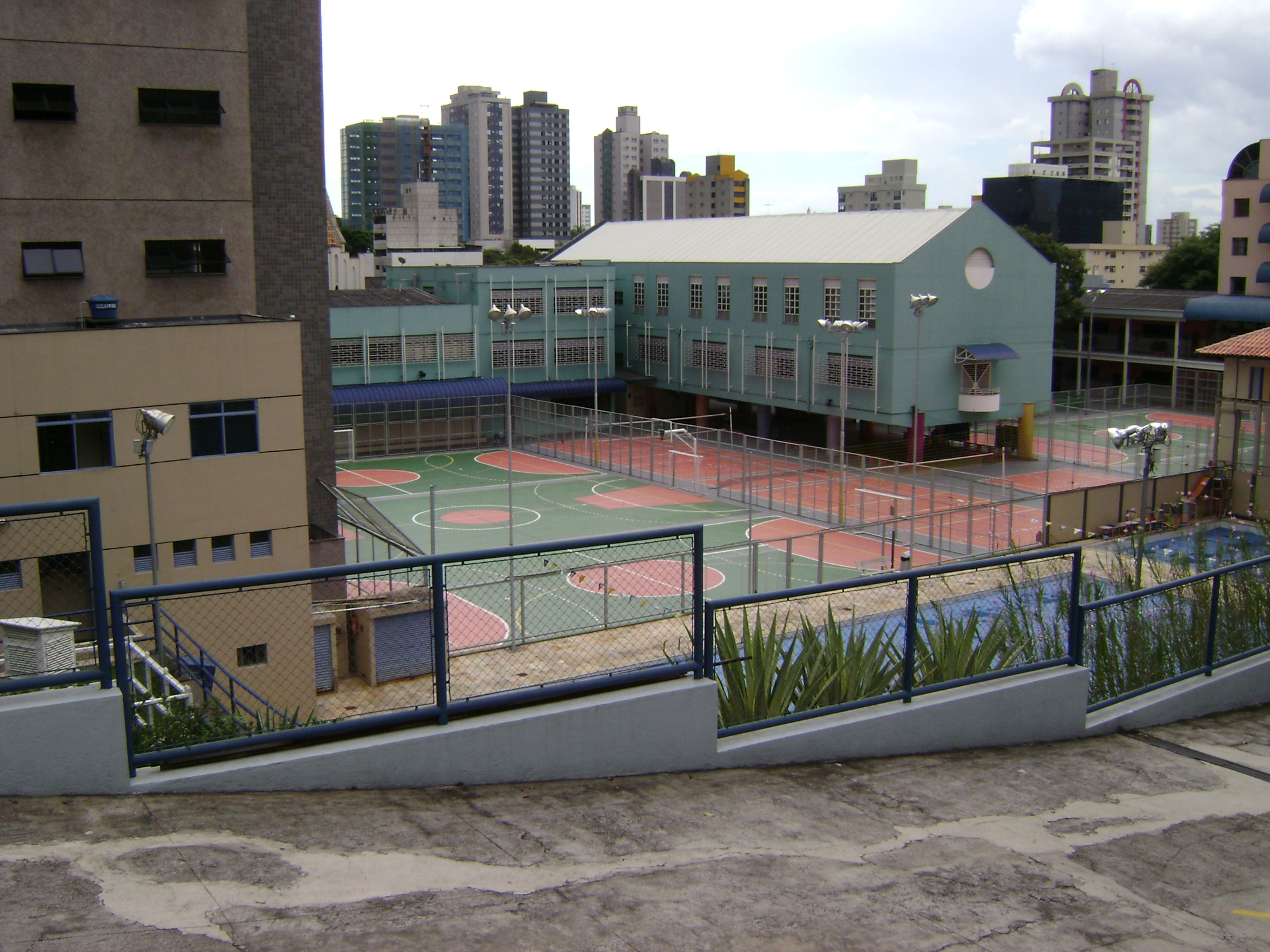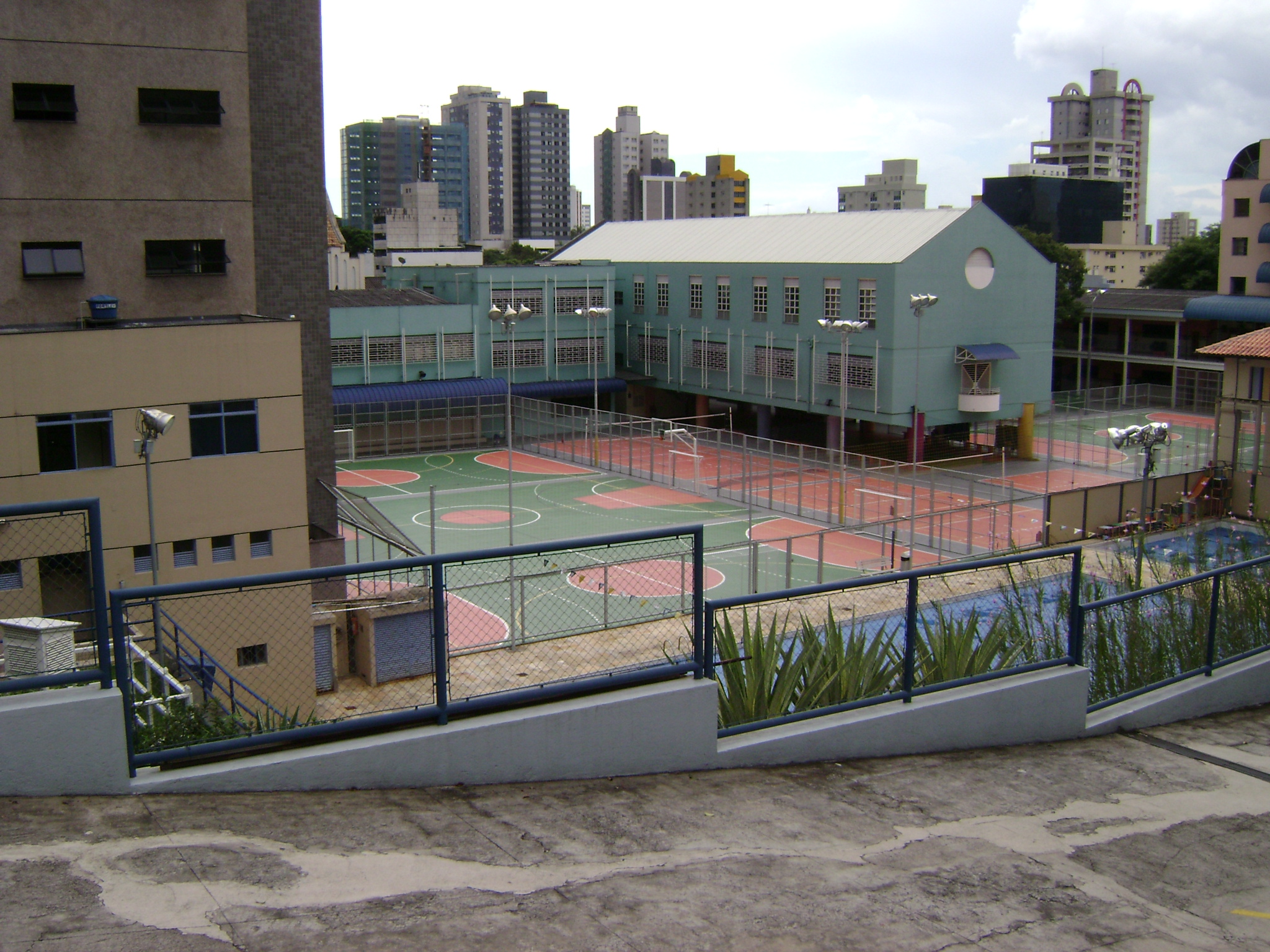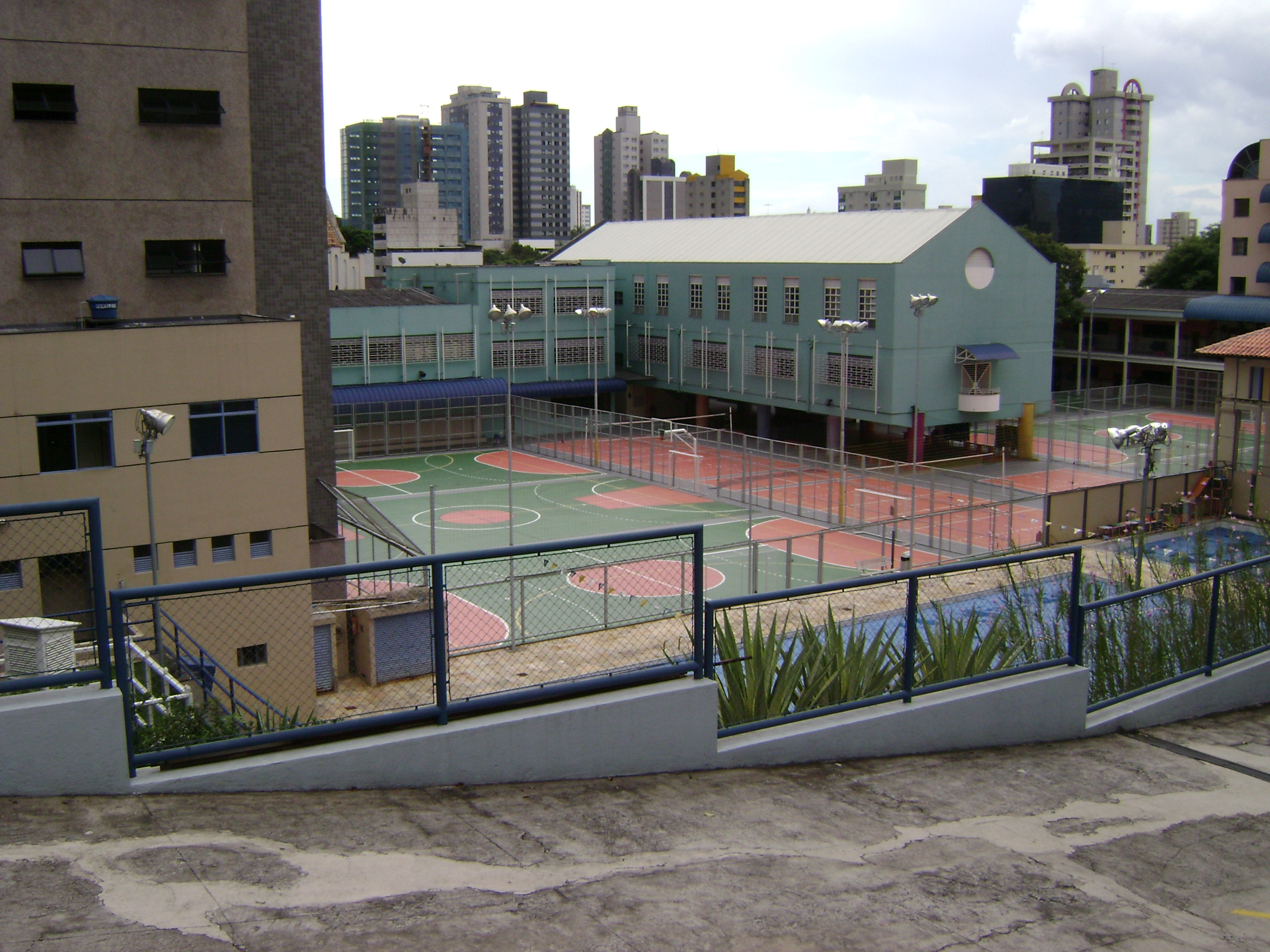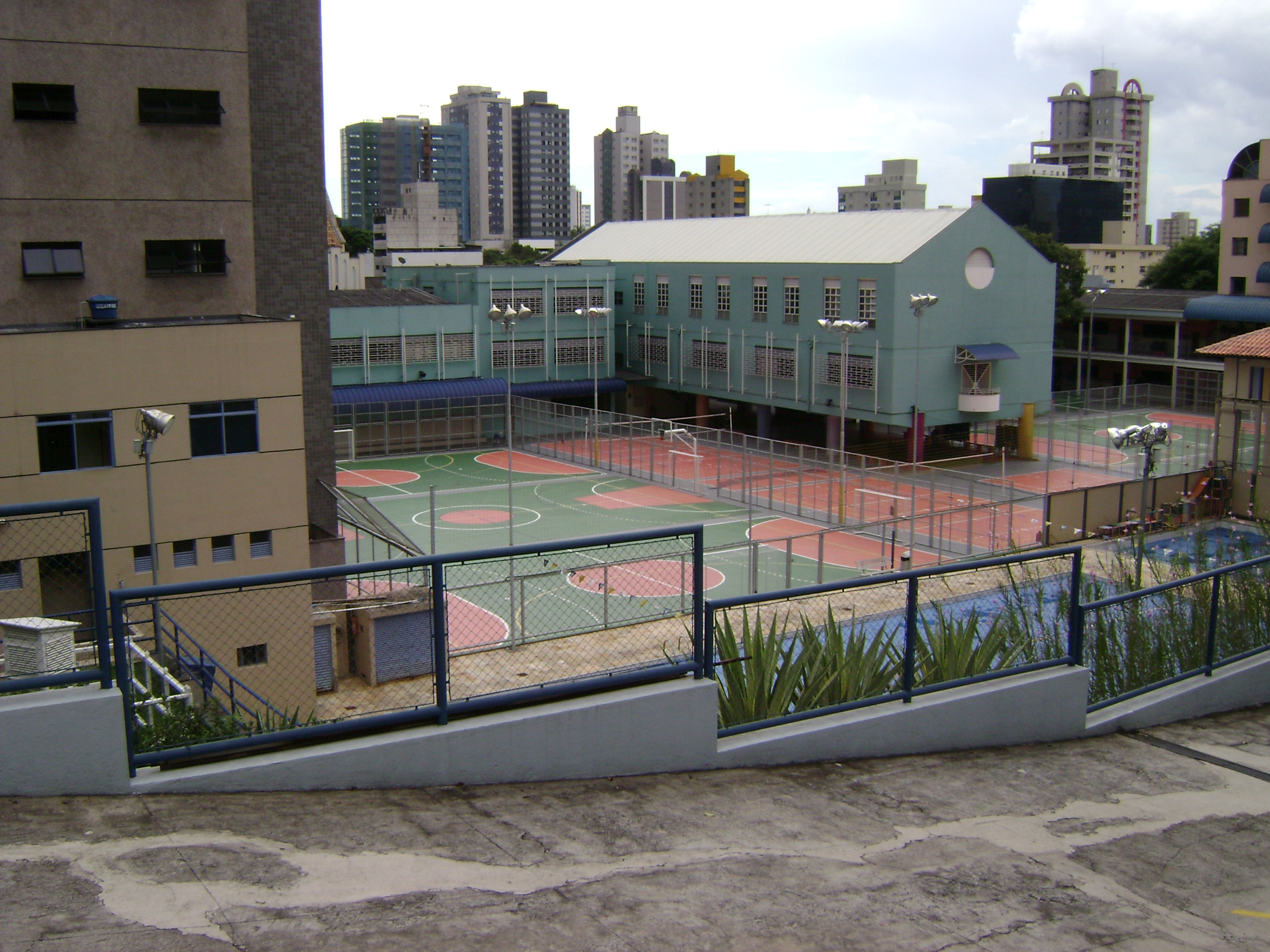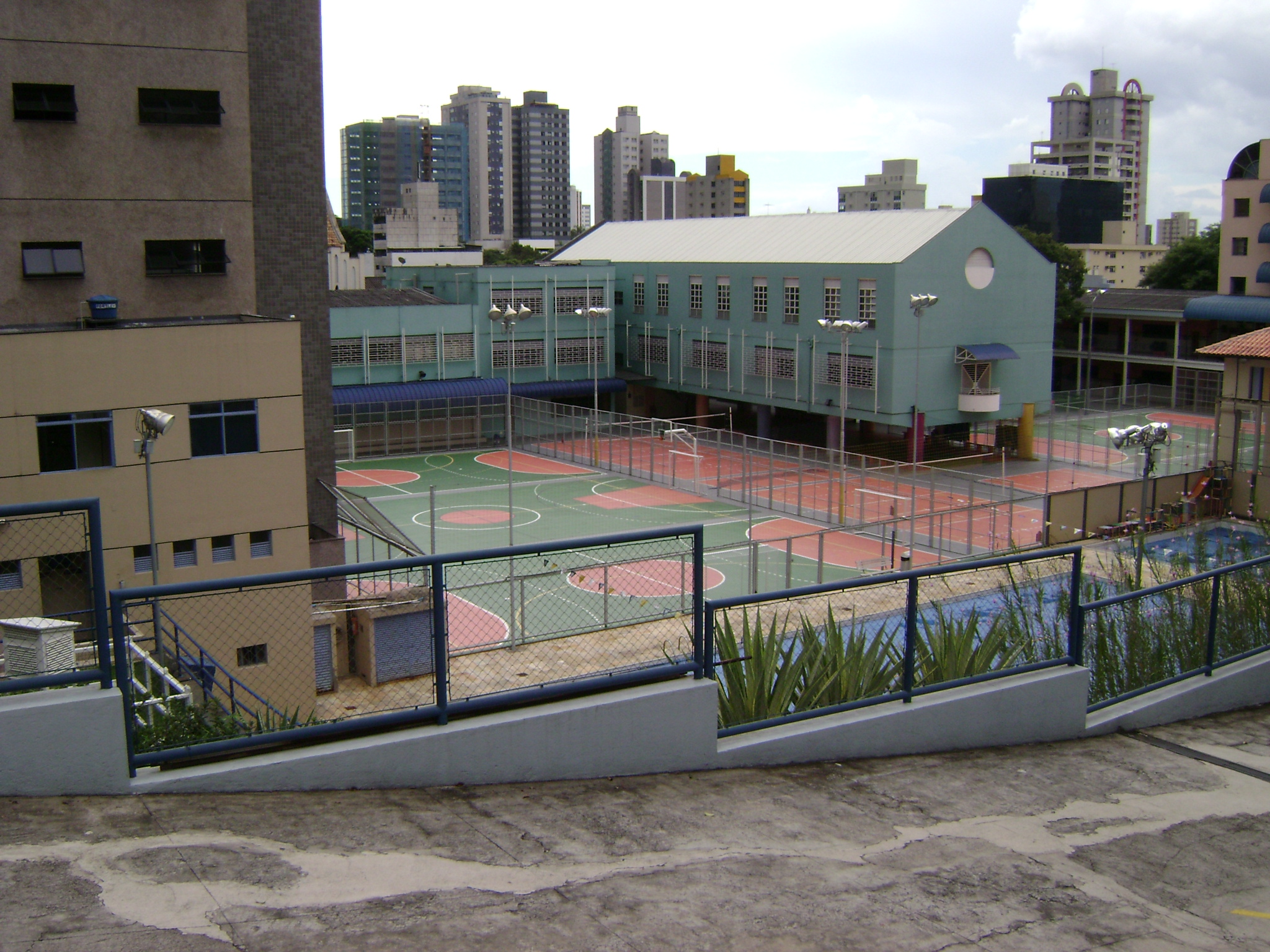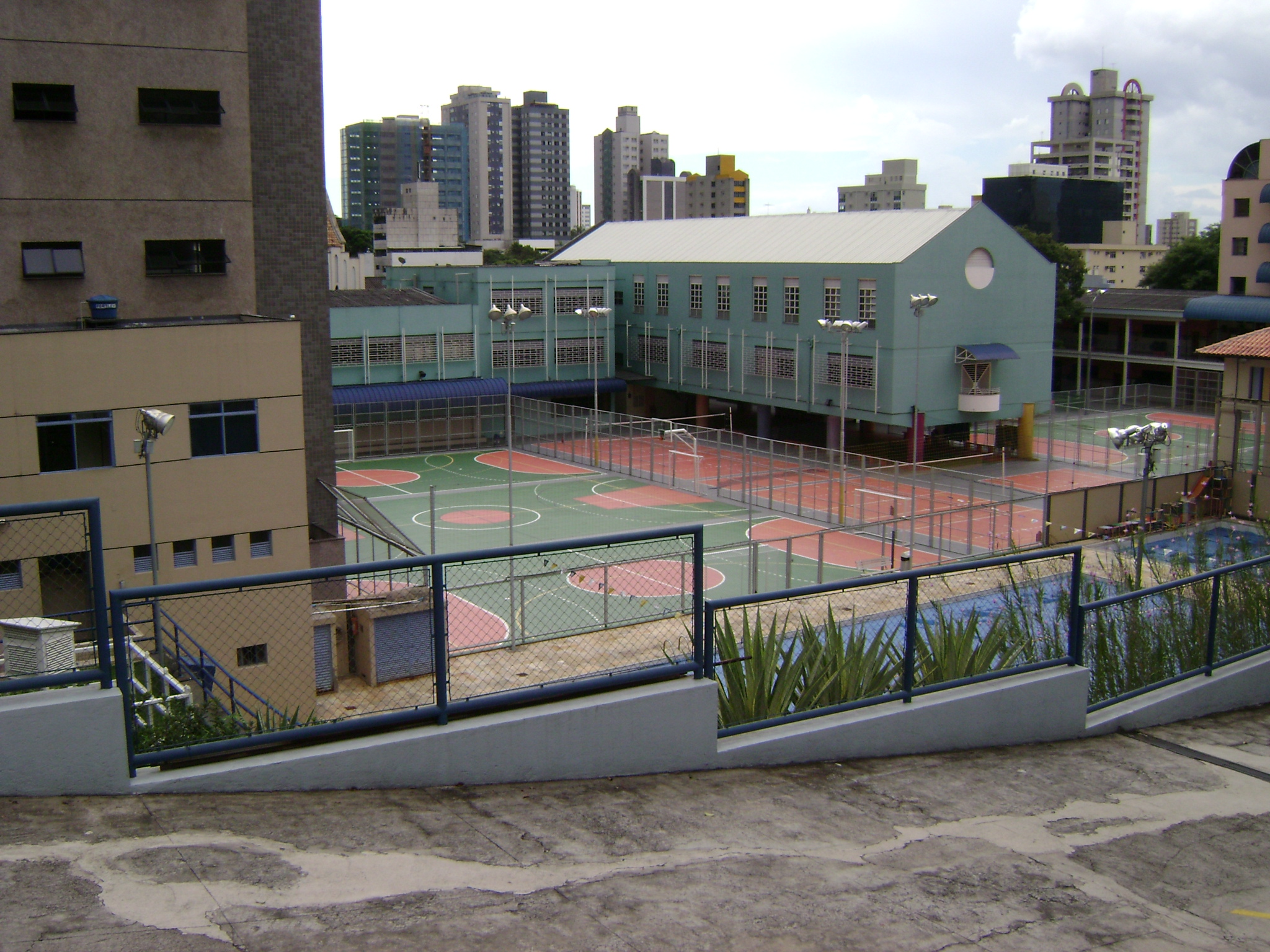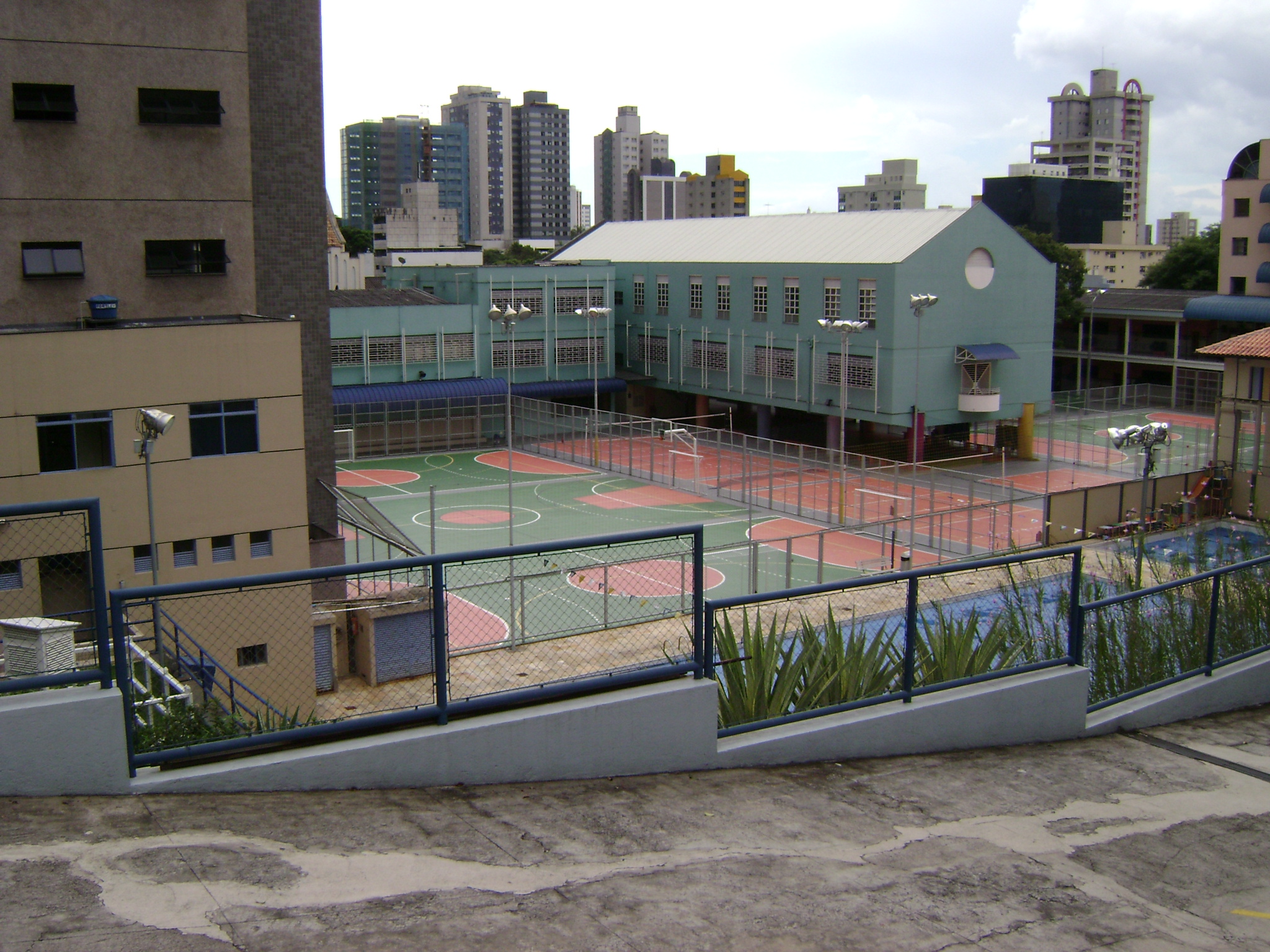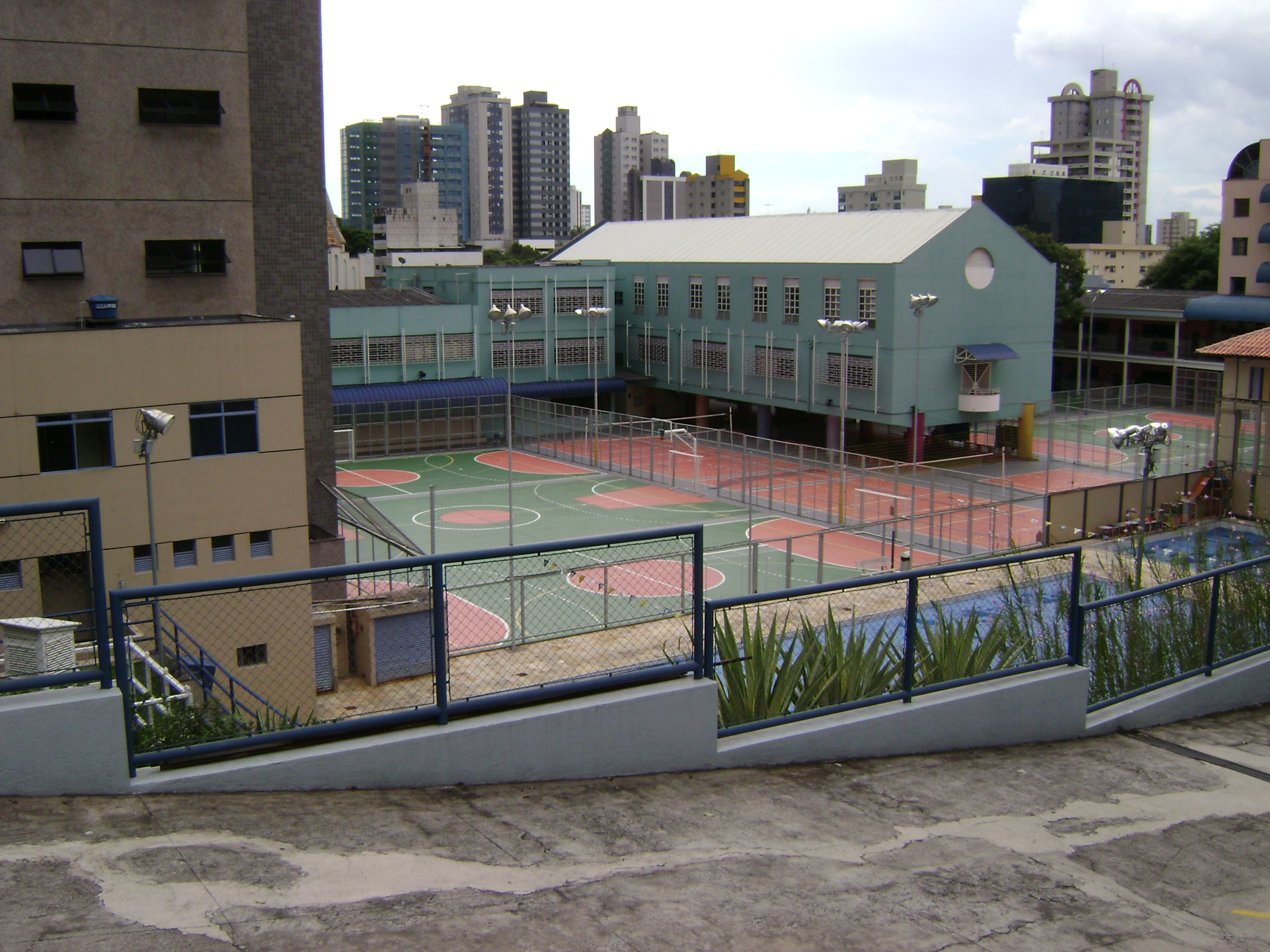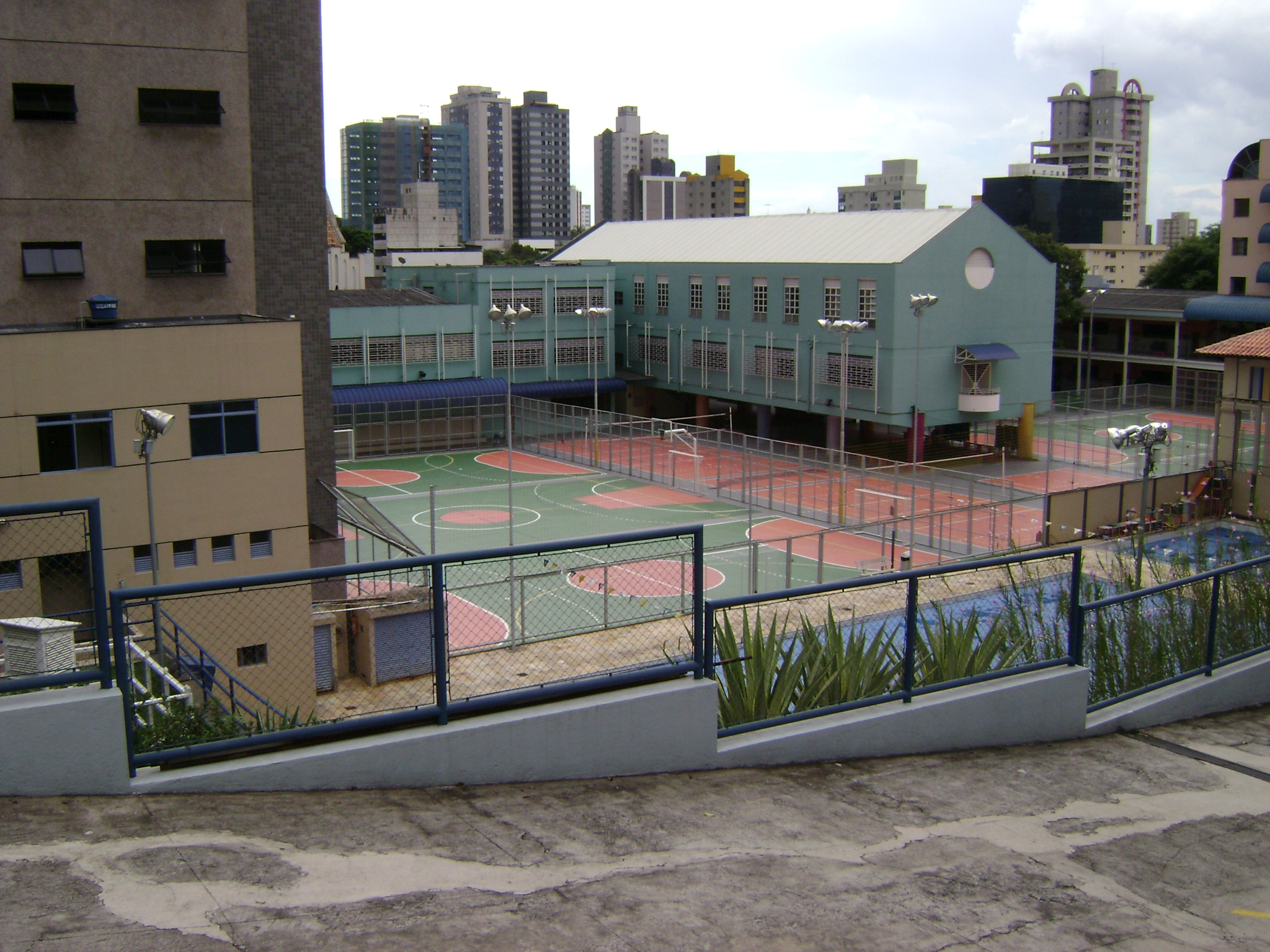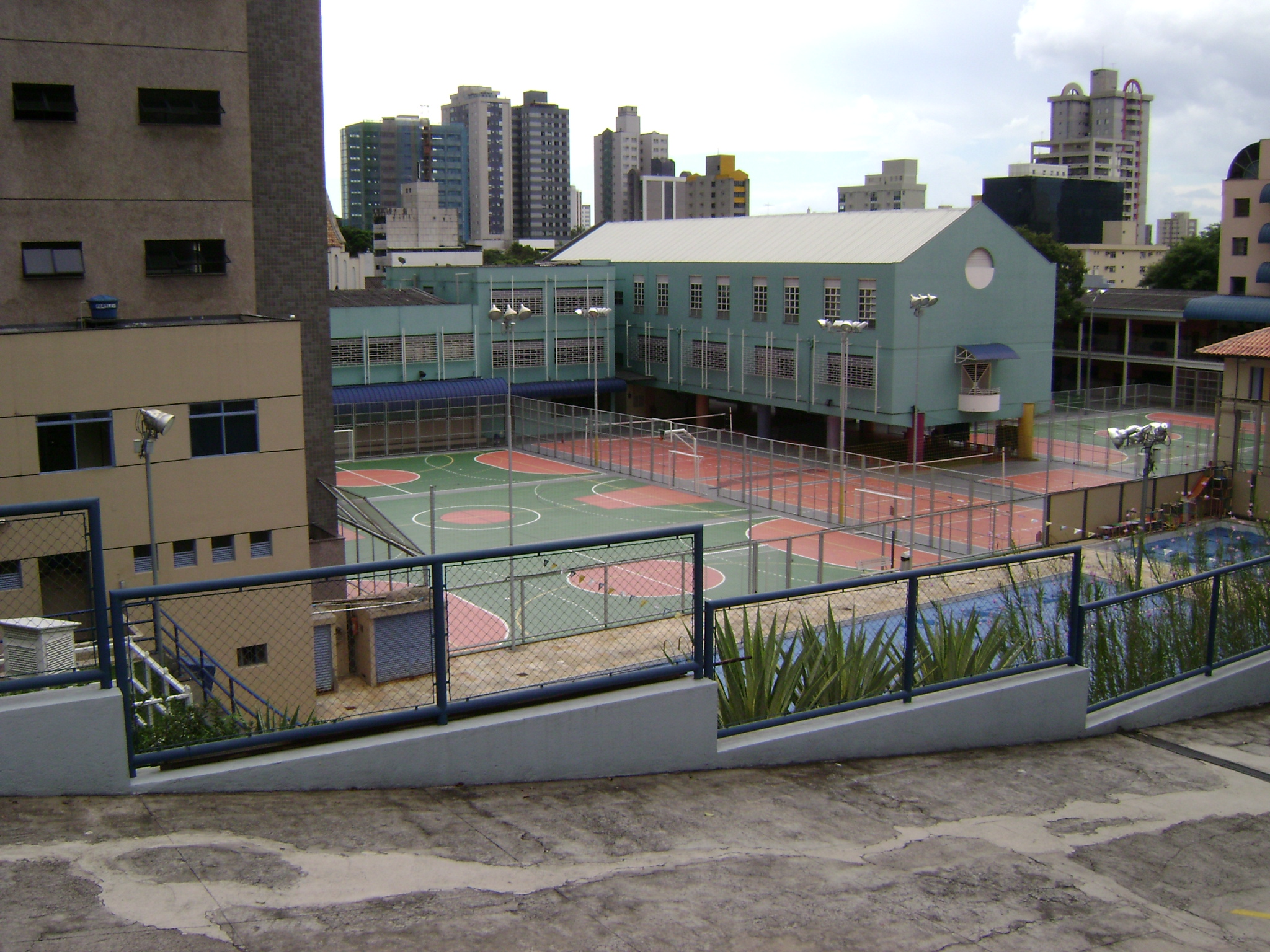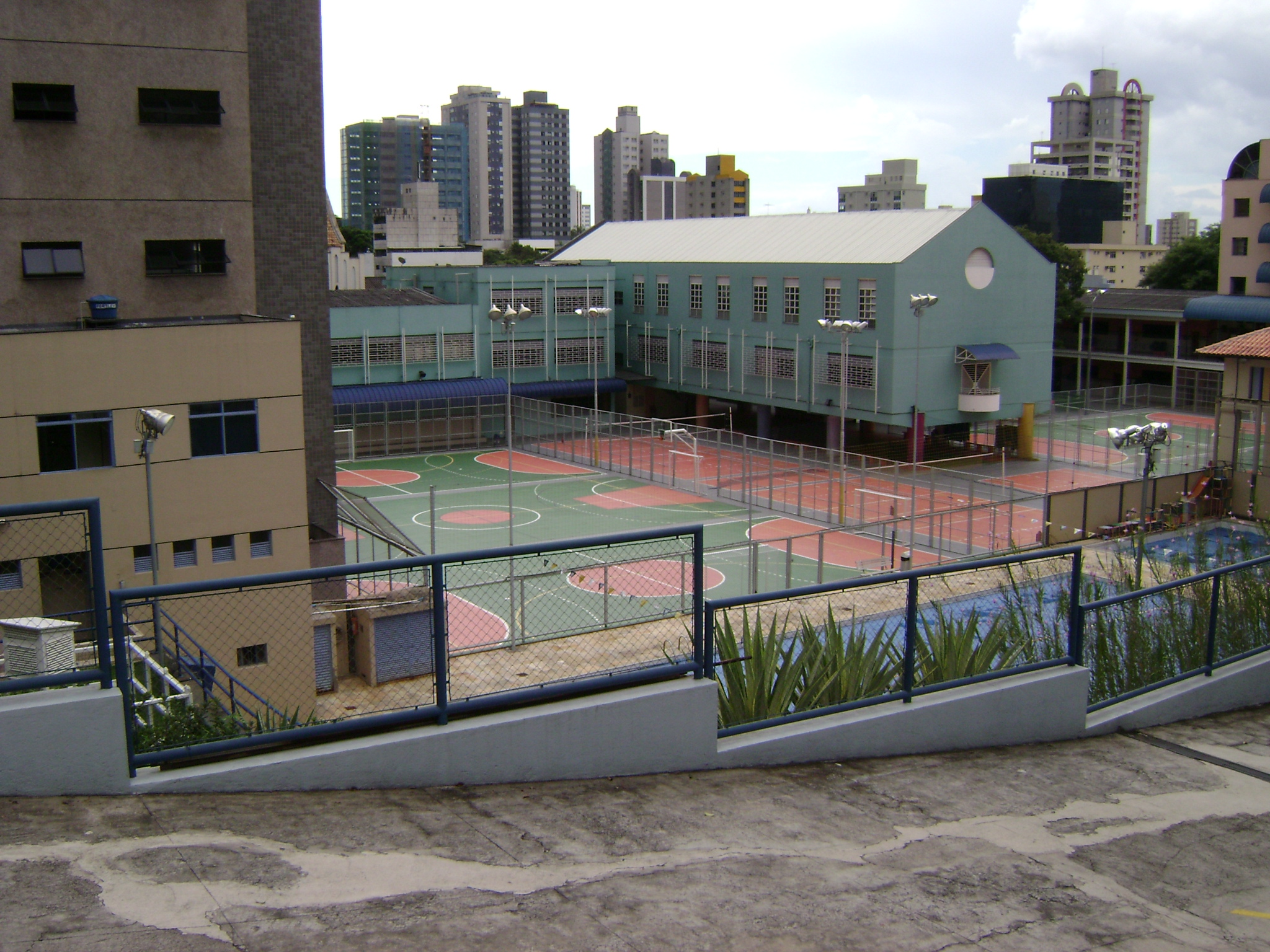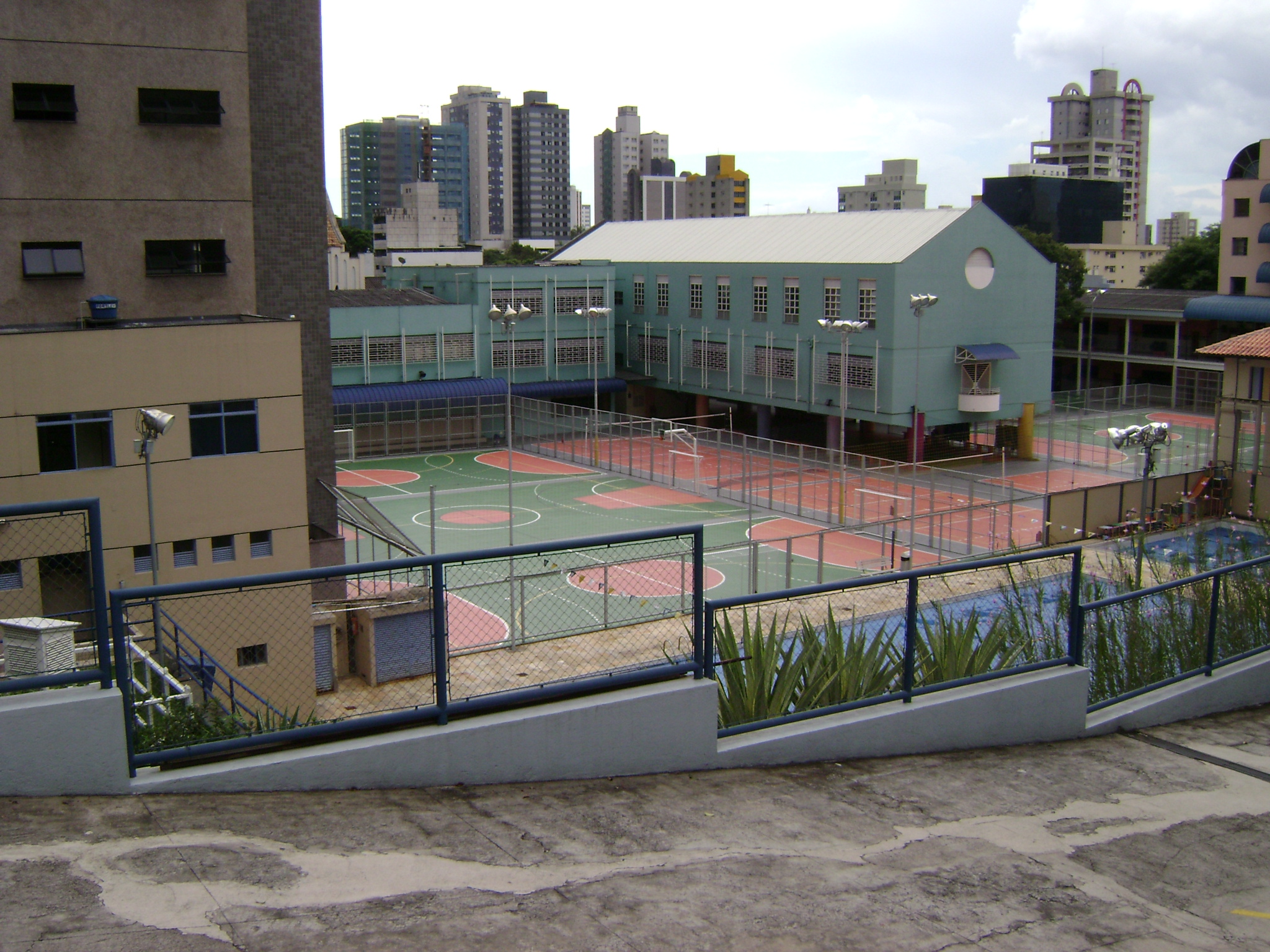Sports clubs across the UK face unique risks when it comes to protecting their most valuable assets – their players. Whether you're running a l…
Sports Club Equipment Insurance: Essential Protection for Your Club's Assets
Sports clubs invest heavily in equipment to provide quality facilities and experiences for their members. From cricket nets and football goals to tennis court surfaces and gym equipment, these assets represent significant financial investments that need proper protection. Sports club equipment insurance provides essential coverage against theft, damage, and loss, ensuring your club can continue operating even when the unexpected happens.
Understanding Sports Club Equipment Insurance
Sports club equipment insurance is a specialized form of coverage designed to protect the valuable equipment, machinery, and sporting assets that clubs rely on daily. This insurance goes beyond basic contents coverage to address the unique risks and high-value items that sports facilities face.
The coverage typically includes fixed equipment like goalposts, nets, and court surfaces, as well as portable items such as balls, training equipment, maintenance tools, and electronic scoreboards. For many clubs, equipment represents one of their largest asset categories after property itself.
What Equipment is Typically Covered
Sports club equipment insurance can cover an extensive range of items depending on your club's activities. Cricket clubs might need coverage for nets, sight screens, covers, mowers, and electronic scoreboards. Football clubs require protection for goals, training equipment, pitch maintenance machinery, and floodlighting systems.
Tennis clubs need coverage for court surfaces, nets, line-marking equipment, and maintenance tools. Rugby clubs might require protection for posts, training equipment, and specialized ground maintenance machinery. Multi-sport clubs often need comprehensive coverage spanning equipment for various activities.
Indoor facilities add another layer of complexity with gym equipment, changing room fixtures, kitchen equipment for clubhouses, and audio-visual systems all requiring protection. The key is ensuring your policy accurately reflects the full range and value of equipment your club owns or is responsible for.
Common Risks and Threats
Sports clubs face numerous risks that can damage or destroy valuable equipment. Theft remains one of the most significant threats, with portable equipment like balls, training aids, and smaller machinery being particularly vulnerable. Vandalism can cause extensive damage to fixed installations like goalposts, nets, and court surfaces.
Weather-related damage poses ongoing risks, with storms potentially damaging floodlights, covers, and outdoor equipment. Flooding can destroy electrical equipment, while extreme temperatures might damage sensitive items stored in clubhouses or equipment sheds.
Accidental damage during use or maintenance is another common issue. Equipment can be damaged during training sessions, matches, or routine maintenance activities. Fire risks are particularly concerning for clubs with equipment storage areas, especially those housing fuel-powered machinery like mowers.
Electrical failures can damage scoreboards, floodlighting systems, and other electronic equipment. For clubs with older electrical installations, the risk of equipment damage from power surges or electrical faults can be significant.
Key Coverage Areas
Sports club equipment insurance typically provides several types of coverage to address different scenarios. Theft coverage protects against the loss of equipment due to burglary or theft, including items stolen from storage areas, clubhouses, or even during transport to away fixtures.
Accidental damage coverage protects against unexpected damage that occurs during normal use or maintenance. This might include damage to equipment during training sessions, maintenance accidents, or damage caused by club members or visitors.
Weather damage coverage protects against losses from storms, flooding, extreme temperatures, and other weather-related events. This is particularly important for clubs with significant outdoor equipment investments.
Fire and explosion coverage protects against damage from fires, whether accidental or caused by electrical faults, arson, or other causes. This coverage is essential for clubs with equipment storage areas or fuel-powered machinery.
Malicious damage coverage protects against vandalism and deliberate damage to equipment. This can be particularly important for clubs in areas where vandalism is a concern or for high-profile clubs that might be targeted.
Valuation and Sum Insured
Accurate valuation of sports club equipment is crucial for ensuring adequate coverage. Many clubs underestimate the total value of their equipment, leading to insufficient coverage when claims arise. It's important to conduct regular equipment audits to maintain accurate records of what you own and its current replacement value.
Replacement cost coverage is generally preferable to indemnity coverage, as it provides funds to replace equipment with new items of similar quality rather than paying depreciated values. This is particularly important for sports equipment, which may need to meet specific safety or performance standards.
Consider the impact of inflation and equipment price increases when setting sum insured amounts. Sports equipment costs can rise significantly over time, and your coverage should reflect current replacement costs rather than original purchase prices.
Some policies offer automatic indexation to help keep sum insured amounts in line with inflation, while others may require manual reviews and adjustments. Regular policy reviews ensure your coverage remains adequate as you acquire new equipment or dispose of older items.
Seasonal Considerations
Many sports clubs have seasonal variations in their equipment needs and risk exposures. Cricket clubs might have higher equipment values during the playing season when covers, nets, and maintenance equipment are in regular use. Winter storage periods might present different risks, with equipment potentially more vulnerable to theft or damage in storage.
Football clubs might face higher risks during winter months when weather conditions are more challenging, while tennis clubs might see increased equipment usage and exposure during summer months. Understanding these seasonal patterns helps ensure your insurance coverage aligns with your actual risk exposure throughout the year.
Some clubs operate different sports in different seasons, meaning equipment types and values can vary significantly throughout the year. Your insurance should be flexible enough to accommodate these variations without leaving gaps in coverage.
Claims Process and Documentation
When equipment damage or loss occurs, prompt action is essential to minimize disruption and ensure smooth claims processing. Most insurers require immediate notification of incidents, particularly for theft or vandalism where police reports may be necessary.
Maintaining detailed equipment records is crucial for successful claims. This should include purchase receipts, serial numbers, photographs, and regular valuations. Many clubs find it helpful to maintain equipment registers with detailed descriptions, values, and locations.
For theft claims, police reports are typically required, and insurers may need evidence of forced entry or other circumstances surrounding the loss. For damage claims, photographs of the damage and any contributing factors can help support your claim.
Consider the impact of equipment loss on your club's operations when making claims. Some policies offer temporary replacement coverage or expedited claims processing to minimize operational disruption.
Risk Management and Prevention
Effective risk management can help reduce the likelihood of equipment claims and may result in lower insurance premiums. Security measures are particularly important, with proper storage facilities, alarm systems, and access controls helping deter theft and vandalism.
Regular maintenance of equipment can help prevent accidental damage and extend equipment life. This includes proper storage procedures, routine inspections, and prompt repairs when issues are identified. Many insurers view good maintenance practices favorably when assessing risk.
Staff and volunteer training on proper equipment handling and storage procedures can help reduce accidental damage. This is particularly important for clubs that rely on volunteers who may not be familiar with specialized equipment.
Consider the location and security of equipment storage areas. Ground-floor storage with external access may present higher theft risks than secure, upper-floor storage. Similarly, temporary storage arrangements for events or maintenance may require additional security measures.
Integration with Other Insurances
Sports club equipment insurance should integrate seamlessly with your other insurance coverages to avoid gaps or overlaps. Your general contents insurance may provide some equipment coverage, but specialized equipment insurance typically offers more comprehensive protection for high-value sporting assets.
Public liability insurance remains essential, as equipment-related accidents could result in injury claims. Professional indemnity coverage might be relevant if your club provides coaching or instruction using specialized equipment.
Business interruption insurance can complement equipment coverage by providing financial support if equipment damage prevents normal club operations. This might cover lost membership fees, event cancellations, or additional costs incurred while equipment is being replaced.
Cost Factors and Budgeting
Sports club equipment insurance costs vary based on several factors including the total value of equipment, types of sports involved, security measures in place, and claims history. Clubs with higher-value equipment or those involved in higher-risk activities may face higher premiums.
Geographic location can impact costs, with clubs in areas with higher crime rates or severe weather risks potentially facing higher premiums. The age and condition of equipment may also influence pricing, with newer, well-maintained equipment potentially attracting lower rates.
Consider the impact of deductibles on both premiums and potential out-of-pocket costs. Higher deductibles can reduce premiums but increase your financial exposure for smaller claims. Choose deductible levels that balance premium savings with your club's ability to handle unexpected expenses.
Specialized Equipment Considerations
Some sports require highly specialized equipment that may need specific coverage considerations. Electronic timing systems, specialized court surfaces, or professional-grade fitness equipment may require higher coverage limits or specific policy terms.
Consider whether your equipment includes items that require professional installation or calibration. The cost of reinstallation and recalibration should be included in your coverage, as simply replacing the equipment may not be sufficient to restore full functionality.
Some equipment may have specific maintenance or storage requirements that could impact insurance coverage. Understanding these requirements and ensuring compliance can help avoid coverage disputes when claims arise.
Choosing the Right Insurer
Selecting an insurer with experience in sports club coverage is important for ensuring they understand your unique risks and requirements. Look for insurers who offer specialized sports club policies rather than trying to adapt general commercial policies.
Consider the insurer's claims handling reputation, particularly for equipment claims. Quick, efficient claims processing is crucial for minimizing operational disruption when equipment is damaged or stolen.
Evaluate the policy terms and conditions carefully, paying particular attention to exclusions, coverage limits, and claims procedures. Some insurers offer additional services like risk management advice or preferred supplier networks that can add value beyond basic coverage.
Regular Review and Updates
Sports club equipment insurance needs regular review to ensure coverage remains adequate and cost-effective. Annual policy reviews should assess changes in equipment values, new acquisitions, disposals, and any changes in club operations or risk exposure.
Consider conducting equipment audits annually or after significant purchases to maintain accurate coverage levels. This process also provides an opportunity to review security measures and risk management practices.
Stay informed about changes in equipment technology, safety standards, or regulatory requirements that might impact your insurance needs. New equipment types or changing risk profiles may require policy adjustments to maintain adequate protection.
Sports club equipment represents a significant investment that deserves proper protection. Comprehensive equipment insurance provides peace of mind and financial security, allowing your club to focus on providing excellent facilities and experiences for members while knowing your assets are properly protected against the unexpected.


 0330 127 2333
0330 127 2333
